The Nairobi Arboretum owes its existence to the Kenya Uganda Railway, which was built at the turn of the twentieth century. What are the similarities between the Nairobi Arboretum and trains? … You ponder silently. Back then, trains were powered by wood-fired steam engines. This necessitated a steady supply of massive amounts of firewood to keep them running.
To provide the requisite fuel wood, indigenous trees within 3 kilometers on either side of the railway line were first cut down. Due to their slow growth rate, foresters saw that indigenous trees were being destroyed quicker than they could replenish over time. They were clearly not going to be able to keep the railway running for long.
They decided to try planting fast-growing exotic softwoods to see whether they could adapt to local conditions and match the trains’ fuel needs in order to remedy this problem. The current Nairobi Arboretum land was set aside for this purpose in 1907.
How to Get to Arboretum in Nairobi
The Arboretum is three kilometers from the city center. It is easily accessible on foot due to its near proximity to the city center. To get to the main entrance, take State House Road near St Andrew’s Church, past St Paul’s Cathedral, the YMCA Nairobi Central, the University of Nairobi Halls of Residence, and the Arboretum Drive intersection.
Take the short lane that goes straight ahead when State House Road makes a sudden left turn. About 300 meters ahead is the Nairobi Arboretum’s main entrance. Vehicles can also park in a car park near the main entrance.
Arboretum Drive in Kileleshwa is another entry to the park.
Related

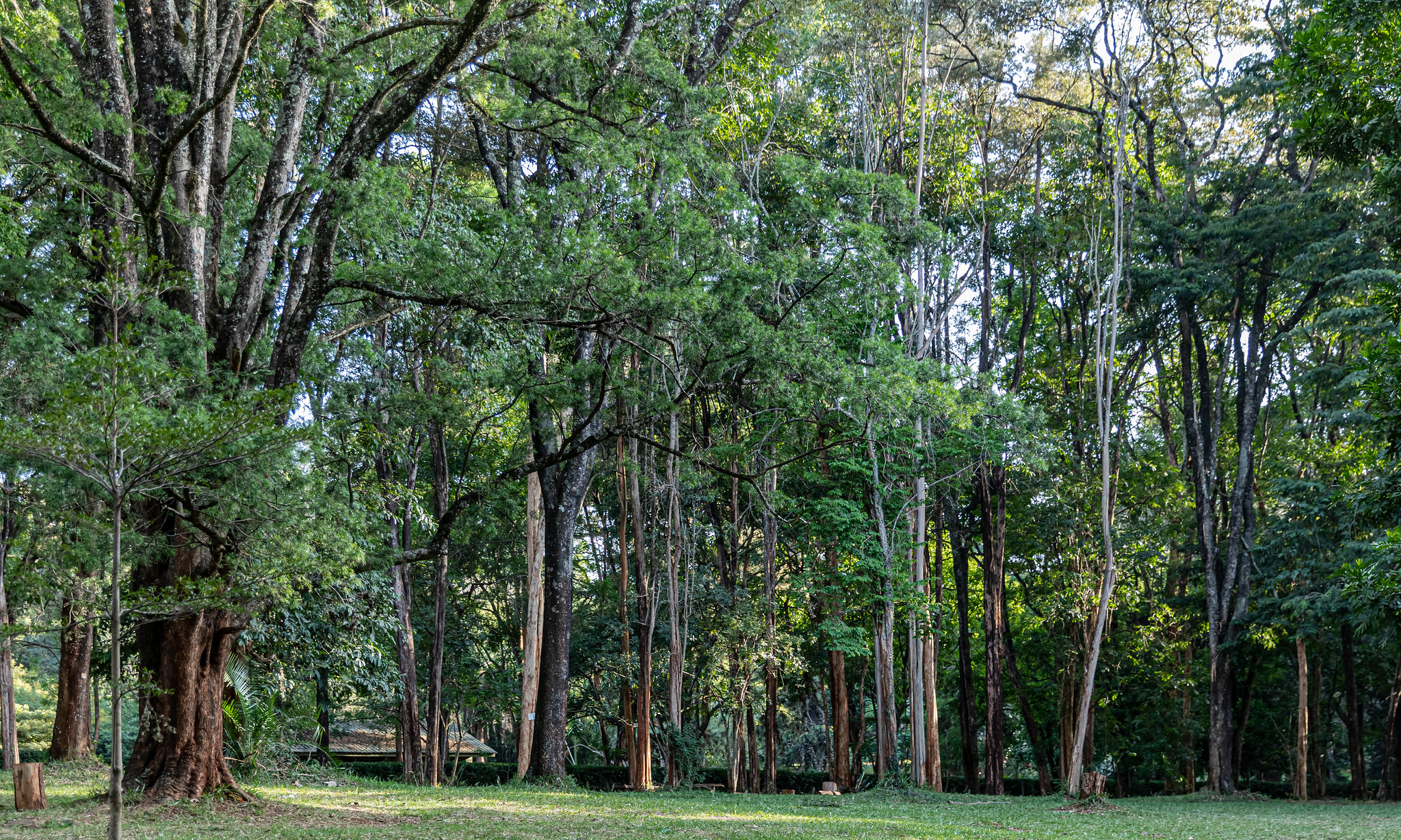
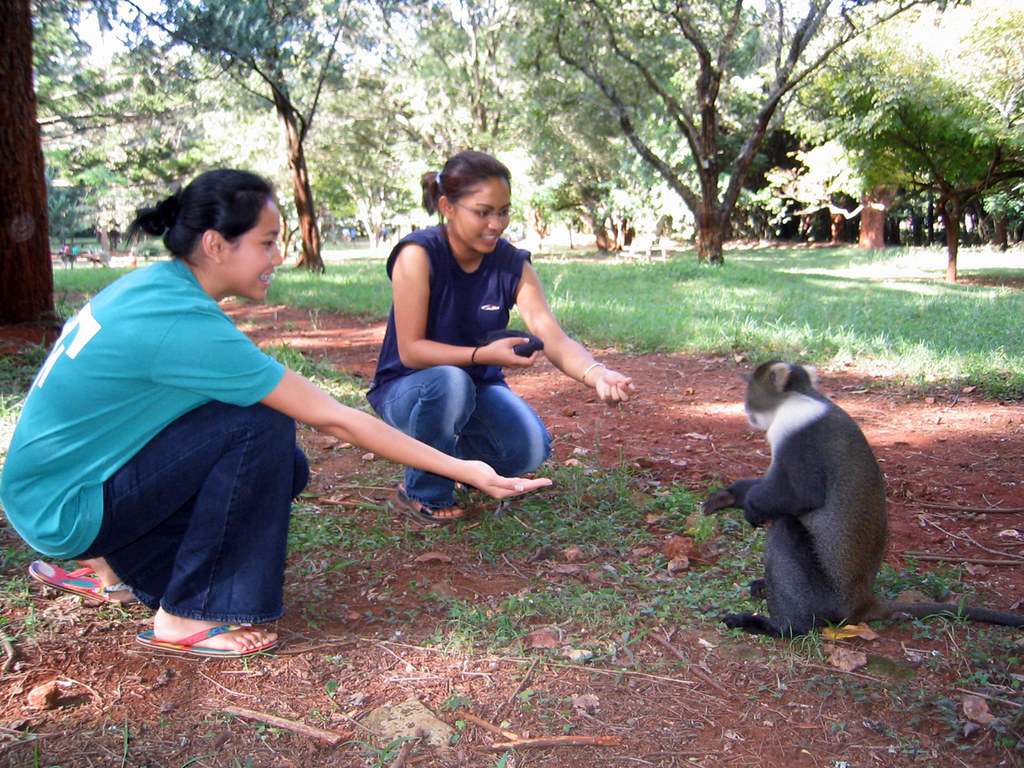
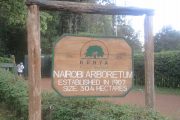
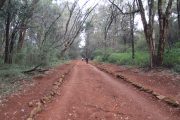
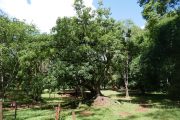
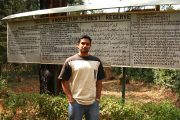
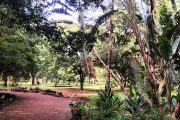
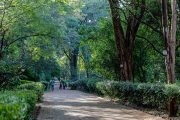
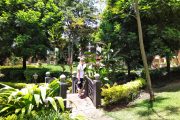
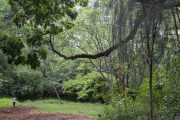
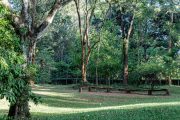
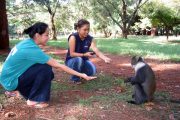
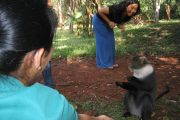
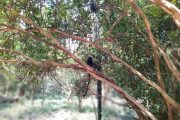

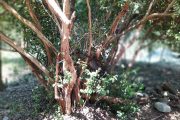
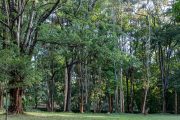

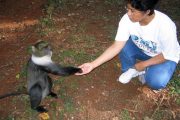
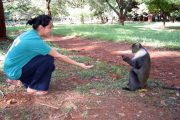
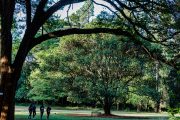

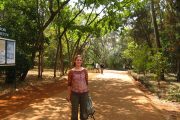
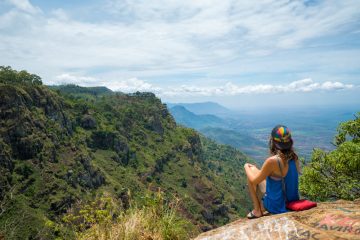
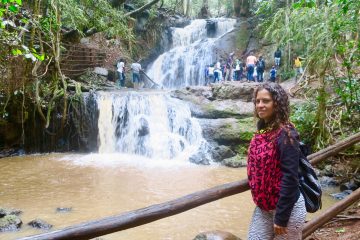
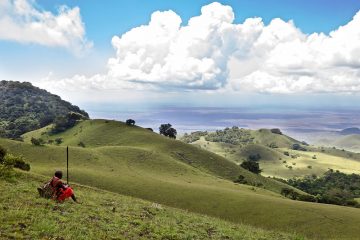
Tour Reviews
There are no reviews yet.
Leave a Review